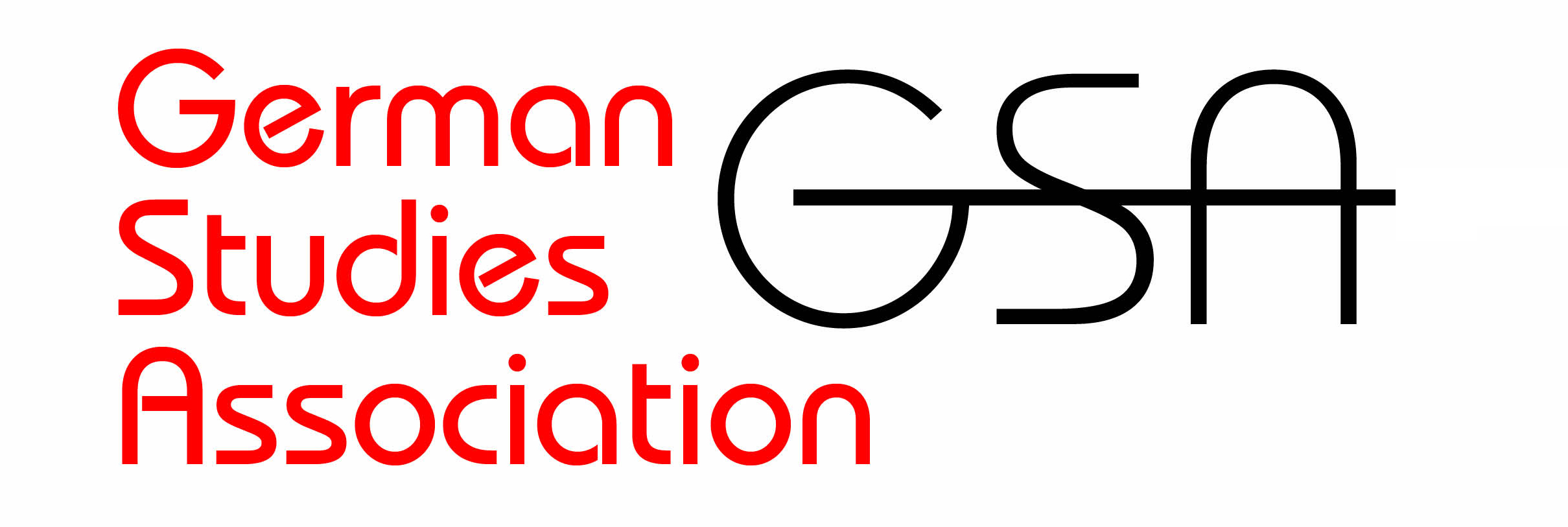Accessibility Guidelines for GSA Conference Participants
These guidelines have been developed by the GSA Accessibility Task Force as part of the association’s commitment to improving conference accessibility. They include small things all of us can do to make the conferences spaces for equitable and active engagement for all bodyminds. Below you find Accessibility Guidelines to be used by conferencepanelists, participants, and organizers. Implementing these guidelines will help to break down existing power imbalances and lessen barriers that are burdensome to disabled people but invisible for most able-bodied and able-minded participants.
- Conference Accessibility Etiquette
- Elevators might be strained during peak times. If you are physically able to take the stairs, consider doing so to increase access to the elevator for people who need it.
- If there is a limited number of chairs available during a reception or similar, consider the needs of other people before occupying them.
- When making hotel reservations, do not reserve an accessible room, unless you need it.
- Panel Accessibility
- Panel Planning and Presentations:
- Panel organizers should encourage panel participants to provide 5 large print copies of their talk. (If presenters would like their copies back after the talk-panel, they should indicate where to return these handouts and papers)
- If the participants intend to use handouts, make 5 large print copies available and avoid printing handouts on colored paper.
- If possible, the panel participants should discuss what presentation style is most comfortable for everyone before the beginning of the panel (podium or seated at table)
- Presenters should speak loudly and clearly, at a pace that allows the audience to follow the presented arguments.
- If a microphone is available, presenters should always use the microphone.
- Ensure that the question and answer period is accessible. If there is a microphone for questioners, make sure they use it. Otherwise, repeat the questions, so everyone can hear them.
- Keep the aisles clear, so that audience members with mobility devices can navigate it.
- Some people read lips, so the audience should have a direct and clear view of the speaker’s mouth and face.
- Electronic Accessibility:
- If using a presentation software (Power Point, Google Slides, or similar), use Alternative Text (content) and Captions (purpose) which help more of your audience access your presentation. (Instructions for alt text in Power Point and Google Slides, instructions for subtitles in Power Point, and Google Slides)
- Use color combinations that are high contrast and that can be distinguished by those who are colorblind.
- Keep your design simple.
- Minimize the amount of text on slides. When you advance a slide, pause to let people read it before saying anything.
- Read the text on the slide to make sure audience members who are visually impaired can follow along.
- Audio presentations should also be described.
- If presenters show images, they should verbally describe them.
- If presenters show quotations, they should be numbered and presenters should make 5 large-print handouts with those quotations available to the audience.
- Panel Planning and Presentations:
- Rooms are set up in advance of the conference so all of these guidelines are met. We ask for your cooperation in maintaining this setup:
- A table from where presenters can speak should be available, even if there is a podium in the room.
- Rows should be set up with enough space to accommodate audience members with mobility devices. Do not change this room setup

